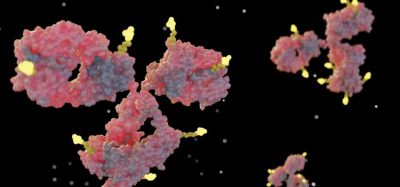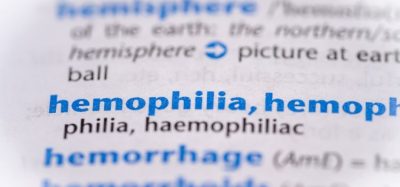Roche’s new timesaving formulation of Herceptin approved in Europe for the treatment of HER2-positive breast cancer
Posted: 2 September 2013 | | No comments yet
Roche announced that a new injectable (subcutaneous) formulation of Herceptin (trastuzumab) has been approved by the European Commission…
Roche (SIX: RO, ROG; OTCQX: RHHBY) announced today that a new injectable (subcutaneous) formulation of Herceptin (trastuzumab) has been approved by the European Commission for the treatment of HER2-positive breast cancer, an aggressive sub-type of the disease. The approval is for both early and later stages of treatment.
“More than 90,000 women in Europe are diagnosed with HER2 positive breast cancer every year,” said Hal Barron, MD, Roche’s Chief Medical Officer and Head of Global Product Development. “We are pleased this new, formulation of Herceptin may enable patients to spend less time in the hospital and more time getting on with their lives.”
Research shows that maintaining a normal life and spending time with friends and family can improve the wellbeing of women with breast cancer1,2. The new formulation may reduce the amount of time patients spend in hospital receiving treatment with Herceptin as it can be administered at least six times faster than the standard intravenous form.
About the pivotal study
The European Commission’s approval was based on data from the HannaH study which showed that the subcutaneous formulation of Herceptin was associated with comparable efficacy (pathological complete response, pCR) to Herceptin administered intravenously in women with HER2-positive early breast cancer and resulted in non-inferior trastuzumab plasma levels. Overall, the safety profile in both arms of the HannaH study was consistent with that expected from standard treatment with Herceptin and chemotherapy in this setting. No new safety signals were identified.
About Herceptin
Herceptin is a humanised monoclonal antibody designed to target and block the function of HER2, a protein produced by a specific gene with cancer-causing potential when it is overexpressed. The mode of action of Herceptin activates the body’s immune system and suppresses HER2 signalling to target and destroy the tumour.
Since Herceptin was first approved in 1998, this targeted medicine has been used to treat more than 1.3 million patients worldwide. Given on its own as monotherapy, as well as in combination with or following standard chemotherapy, Herceptin has been shown to improve overall survival, response rates and disease-free survival while maintaining quality of life in women with HER2-positive breast cancer. Eligibility for Herceptin treatment is determined by a diagnostic test, saving time from the outset by identifying those patients who would derive greater benefit from alternative treatments.
The subcutaneous form of Herceptin is a ready-to-use liquid formulation that is administered as a 600 mg/5 ml fixed dose every three weeks. This simplifies healthcare procedures by removing the need for reconstitution or dose calculation according to the body weight of individual. A loading dose is not required when using subcutaneous administration.
The subcutaneous formulation uses technology developed by Halozyme Therapeutics, Inc. (NASDAQ: HALO) that temporarily and reversibly degrades hyaluronan, a gel-like substance that forms a barrier between cells under the skin. This enables the 5 ml volume of the subcutaneous formulation of Herceptin to be rapidly dispersed and absorbed over a greater area.
About breast cancer
Breast cancer is the most common cancer among women worldwide3. Each year, about 1.4 million new cases of breast cancer are diagnosed worldwide, and over 450,000 women will die of the disease annually3. In HER2-positive breast cancer, increased quantities of the human epidermal growth factor receptor 2 (HER2) are present on the surface of the tumour cells. This is known as “HER2 positivity” and affects approximately 15-20 percent of women with breast cancer4. HER2-positive cancer is a particularly aggressive form of breast cancer5.
References
- Kroenke CH, et al. Breast Cancer Res Tr. 2013; 37(1): 261-271
- Slevin ML, et al. Br J Cancer. 1996; 74(8): 1275–1279.
- Ferlay J, Shin HR, Bray F, Forman D, Mathers C and Parkin DM GLOBOCAN 2008, Cancer Incidence and Mortality Worldwide: IARC Cancer Base No. 10 [Internet]. Lyon, France: International Agency for Research on Cancer; 2010. Available from: http://globocan.iarc.fr.
- Wolff A.C et al. American Society of Clinical Oncology/ College of American Pathologists Guideline Recommendations for Human Epidermal Growth Factor Receptor 2 Testing in Breast Cancer. Arch Pathol Lab Med—Vol 131, January 2007.
- Slamon D et al. Adjuvant Trastuzumab in HER2-Positive Breast Cancer. N Engl J Med 2011; 365:1273-83.









